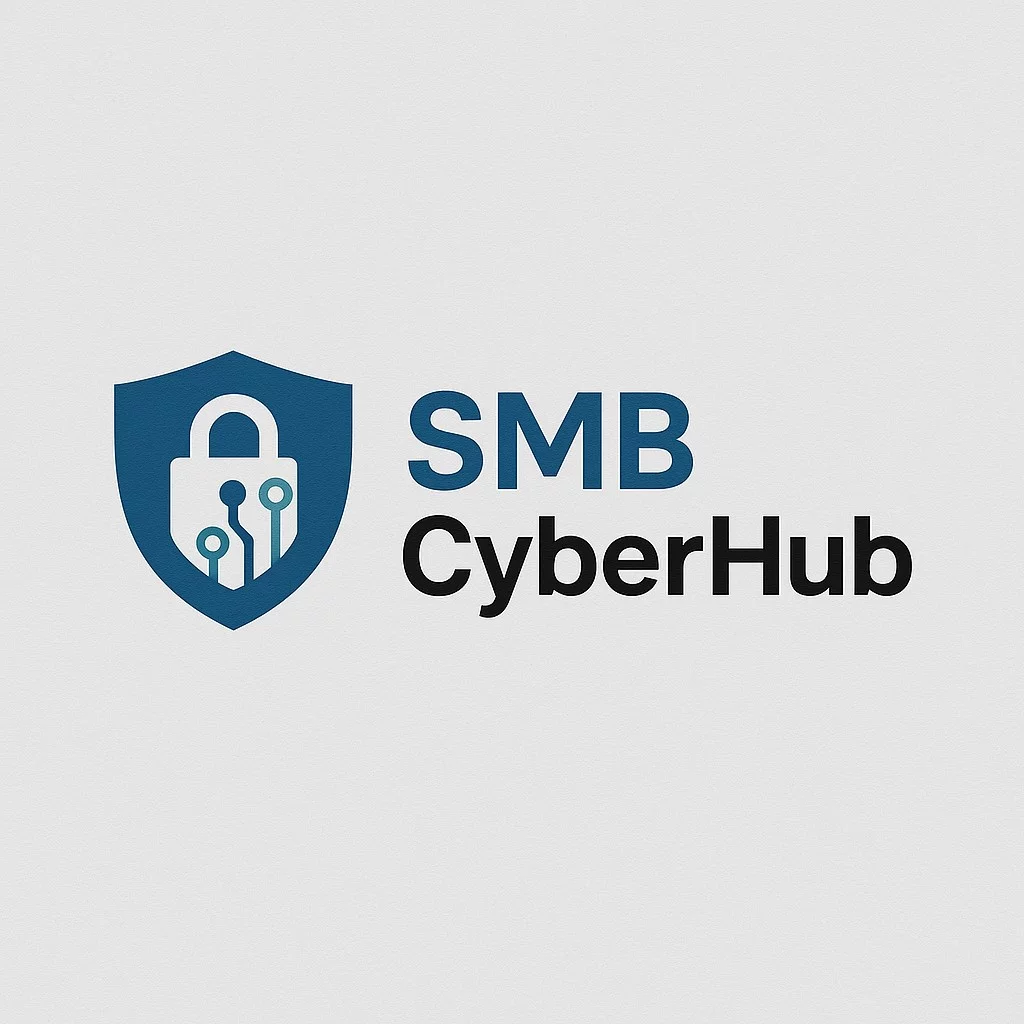How Phishing Actually Works: A Simple Breakdown for Small Teams
16 Mar 2025
Phishing is still the #1 cause of small business data breaches — and it’s not just about bad grammar or spam filters. Here’s how phishing really works, and how your team can stop falling for it.
🎣 What Is Phishing?
Phishing is when attackers impersonate a trusted source (like your bank, IT partner, or CEO) to trick you into:
- Clicking a malicious link
- Downloading malware
- Entering your login credentials on a fake page
It’s called “phishing” because attackers throw out bait and hope someone bites.
📬 Real SMB Examples
- An email pretending to be your cloud storage provider says: “You’re out of space. Click here to upgrade.”
- A fake invoice appears to come from a known vendor: “Please remit payment to our new bank details.”
- A message from “IT” says: “Your password will expire in 1 hour. Log in to reset.”
These are common — and they often work.
🚩 Red Flags to Look For
- Unusual sender address or display name
- Urgency (“You must act within 24 hours!”)
- Suspicious links (hover before you click)
- Unusual attachments (ZIP files, .exe, etc.)
- Requests involving money, gift cards, or credentials
✅ What to Do Instead
- Don’t click links or download files unless you’re sure
- Verify strange requests via a trusted method (like a known phone number)
- Use the “Report Phishing” button in Outlook or Gmail if available
“If it feels off — it probably is. Always double-check.”
🧠 Teach Your Team
Phishing is a human problem — not just an IT one. Train staff to spot these attacks and slow down before reacting.
SMBCyberHub’s phishing awareness kit includes sample emails, a quiz, and a reporting checklist to help.
🕒 Estimated Reading Time: 4 minutes
🔐 Aligned With: GDPR Article 39.1(b), ISO27001 Clause 7.2.2
